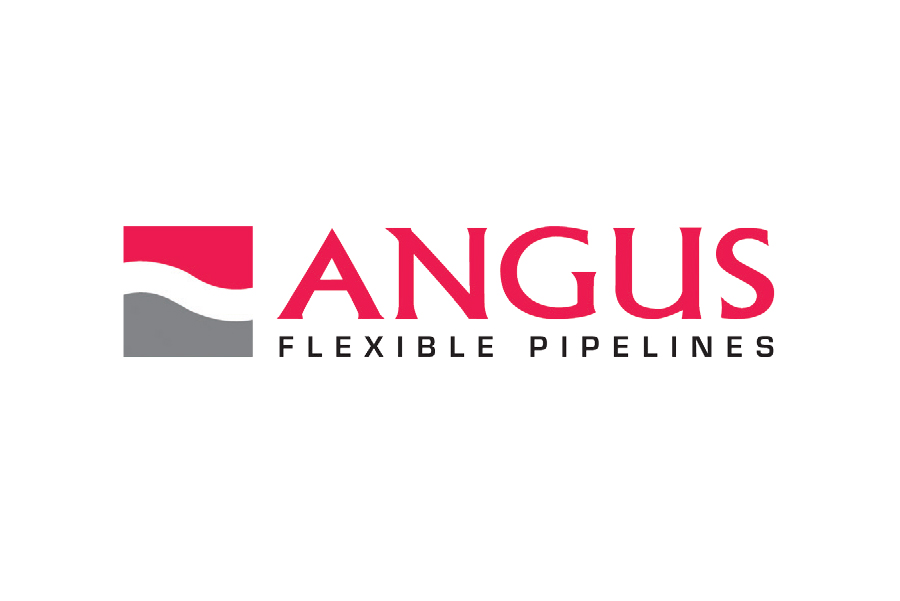by Ray Hardee, Chief Engineer, Engineering Software
Most of my articles are based on discussions with people at operating plants. This article is the result of a question asked at a Piping System Fundamentals course given at a customer’s site.
During the training course, I start by identifying the elements used in every piping system (pump elements, process elements, and control elements) and how they work together to efficiently meet the system’s objectives.
We had just completed discussing the pump elements and starting the section on process elements.
During our discussion on calculating the average fluid velocity and resulting head loss in a pipeline, one of the participants asked why we needed to calculate this information. He stated that he selected the pipe diameter to match the diameter of the pump discharge nozzle.
I mentioned this approach results in oversized equipment and increases in pumping costs. To demonstrate, I suggested that we create an example on a system he was familiar with; in this case a dewatering system for an open pit mine.
Looking at the system
Rainfall at the site could be intense and in many cases the mine would fill up with water to a point at which mining operations were forced to shut down. The pumping system was the choke point and determined the amount of down time.
An optimal pumping system would have the ability to move a sufficient amount of water in order to keep the mine operating, even during storms.
Figure 1 shows the dewatering system for his open pit mine. All the rainwater falling into the mine flows by gravity to the mine sump. Here the dewatering pump moves the rain water through a 4km long pipe into the mill water collection tank.
The attendee mentioned that the dewatering pump had a 150mm discharge nozzle; as a result a 150mm diameter pipe was selected for the discharge pipe.
Using the manufacturer’s supplied pump curve for the dewatering pump a computer model was created to simulate system operation. The simulation software calculated a flow rate through the system of 81.53m3/hr.
We ran additional simulations using both a 200mm and 250mm pipe for the discharge pipe. Table 1 shows the results of the simulation: system flow rate, pump head and power draw, along with the pipe friction loss and fluid velocity for the different discharge pipe diameters.
In reviewing table 1, we can see that increasing the diameter of the discharge pipe increases the flow rate through the system.
Looking at the system with a 200mm discharge pipe, the flow rate more than doubles up to 167.5m3/hr with little effect on pump head, a small increase in pump power, but a significant increase in pump efficiency from 29.9 per cent to 55.8 per cent. Increasing the discharge pipe diameter to 250mm yielded even higher flow rates and better efficiency.

Figure 1. Customer’s mine dewatering system.
The pump curve
The key to understanding the system operation is the manufacturer’s supplied pump curve, shown in Figure 2. The pump curve uses test data for the supplied pump for a range of flow rates. This curve shows the operation of the installed pump with a 416mm impeller.
The pump curve shows the pump head, efficiency and power consumption for the pump’s operating range, and uses water as the test fluid.
The calculated flow rates based on the simulation in Table 1 have been superimposed on the pump curve for the 150mm, 200mm, and 250mm discharge pipe scenarios. As you can see from the curve, the head developed by the pump decreases as the flow rate through the pump increases.

Figure 2. The pump curve describes how the pump operates at various flow rates.
| Discharge pipe | System flow | Pump head | Pump power | Pipe head loss | Velocity | Pump efficiency |
| mm | m3/hr | metres | kW | metres | m/sec | {87a03eb4327cd2ba79570dbcca4066c6d479b8f7279bafdb318e7183d82771cf} |
| 150* | 81.53 | 55.45 | 41.2 | 35.44 | 1.22 | 29.9 |
| 200 | 167.5 | 55.02 | 44.76 | 35.02 | 1.44 | 55.8 |
| 250 | 296.9 | 53.19 | 57.48 | 33.19 | 1.62 | 74.7 |
Table 1. Simulation results for different discharge pipe diameters. *Original pipe diameter.
Balancing the system energy
It is important to know that the flow rate through the system is based on the interaction of the pump, process, and control elements. The flow rate is determined when head developed by the pump equals the head loss associated with the process and the control elements.
Formula 1 shows the relationship between the energy supplied by the pump elements and how the process and control elements consume that energy:
In looking at Table 1 then, we can see the pump head is equal to the pipe head loss along with the change in elevation between the mill tank level and the mine sump level (a constant 20 metres) which are considered process elements.
The control for the system is a simple on/off switch hooked to a level control in the sump. This ensures the pump is running when water is present, but also that it doesn’t run dry. There is no head loss associated with the control element since it is an electrical switch.
In the physical piping system “mother nature” balances flow rate through the system, so the results of Formula 1 are met.
Calculating the balanced flow rate manually, however, is a more complex problem. It requires one to guess at a flow rate, calculate the resulting head loss for that guess, and, if Formula 1 is not met, then the guessed flow rate is adjusted until Formula 1 is balanced.
A piping simulation program goes through the same process, and since the math is done by the computer, you can gain a better understanding of how the system works without all the tedium.
Another member of the class asked why the manufacturers don’t increase the discharge nozzle size to better match the recommended discharge pipe diameter. The answer to that question is based on cost.
A pump is made of a casting, and using a larger discharge nozzle increase the pump weight and cost. Using a smaller discharge nozzle reduces the pump cost.
A smaller nozzle results in a higher fluid velocity through the pump nozzle though. Since the length of the discharge nozzle is so short the head loss associated with the smaller nozzle is not that great.
Conclusion
When attaching a pipe to a pump, make sure you do things right by sizing the discharge pipe to the desired system flow rate.
It may be easy to assume that the manufacturer optimised this part of the system for you, however they do not necessarily know how the pump will be used. It is only through looking at how the all the elements of the system interact that the benefits of an analysis become clear.
It is also important to weigh the analysis against the priorities of the system. In industrial processes the energy savings may be the cost driver, however in this scenario it was the ability to keep the mine operating and minimise downtime.
About the Author
Ray T Hardee, PE, is the Chief Engineer and a principle founder of Engineered Software Inc., creators of PIPE-FLO® and PUMP-FLO® software.
The PIPE-FLO product line helps some of the largest companies across a variety of industries find hidden profit in the design and operation of their fluid piping systems through simulation software, modeling services, and training opportunities.
Hardee is a member of the Hydraulics Institute, ASME Energy Assessment for Pumping Systems standards committee and ISO Pumping System Energy Assessment committee. Hardee’s publications include Piping System Fundamentals and contributions to HI’s Pump Life Cycle Cost and Optimizing Piping Systems.


















